Our 8K test system
PC built by Chillblast
Motherboard: Asus ROG STRIX Z390-E GAMING
CPU Cooler: Noctua NH-U14S
Case fans: Noctua NF-A14 PWM Chromax 140mm
Processor: Intel Core i9-9900K, 8 Cores / 16 Threads
GPU: Nvidia GeForce Titan RTX / GeForce RTX 3090
Storage: 500GB Samsung 970 EVO Plus M.2 PCIe
Secondary Storage: 2TB Samsung 860 QVO
Power: Corsair RM850x 80 PLUS Gold 850W PSU
Case: Fractal Design Vector RS Tempered Glass
RAM: G.Skill Trident Z RGB 32GB DDR4 3200MHz
Monitor: Dell UltraSharp UP3218K
The monster Nvidia RTX 3090 is here, with the company claiming that its powerful new graphics card will finally bring the reality of 8K gaming to anyone who can afford this mighty GPU.
Those kind of claims got us mightily excited, as many of you will know that we’ve been testing out 8K gaming for the past year using the Nvidia Titan RTX, previously Nvidia’s most powerful ‘consumer’ card.
We say ‘consumer’, as the Titan RTX retails for $2,499 (around £2,000, AU$3,600), which puts it out of reach of most people. Meanwhile, the RTX 3090 costs $1,499 (£1,399, around AU$2,030).
That’s still an absolutely huge amount of money, but it’s a lot less expensive than the Titan RTX. If the RTX 3090 can indeed beat the Titan RTX when it comes to 8K gaming for $1,000 less, then Nvidia has pulled off a remarkable feat. Especially when the Titan RTX struggled to play many games at 8K.
So, to test out just how good the RTX 3090 is compared to the Titan RTX, we’ve plugged the new GPU into our 8K test rig and revisited the games we’ve previously tried at 8K.
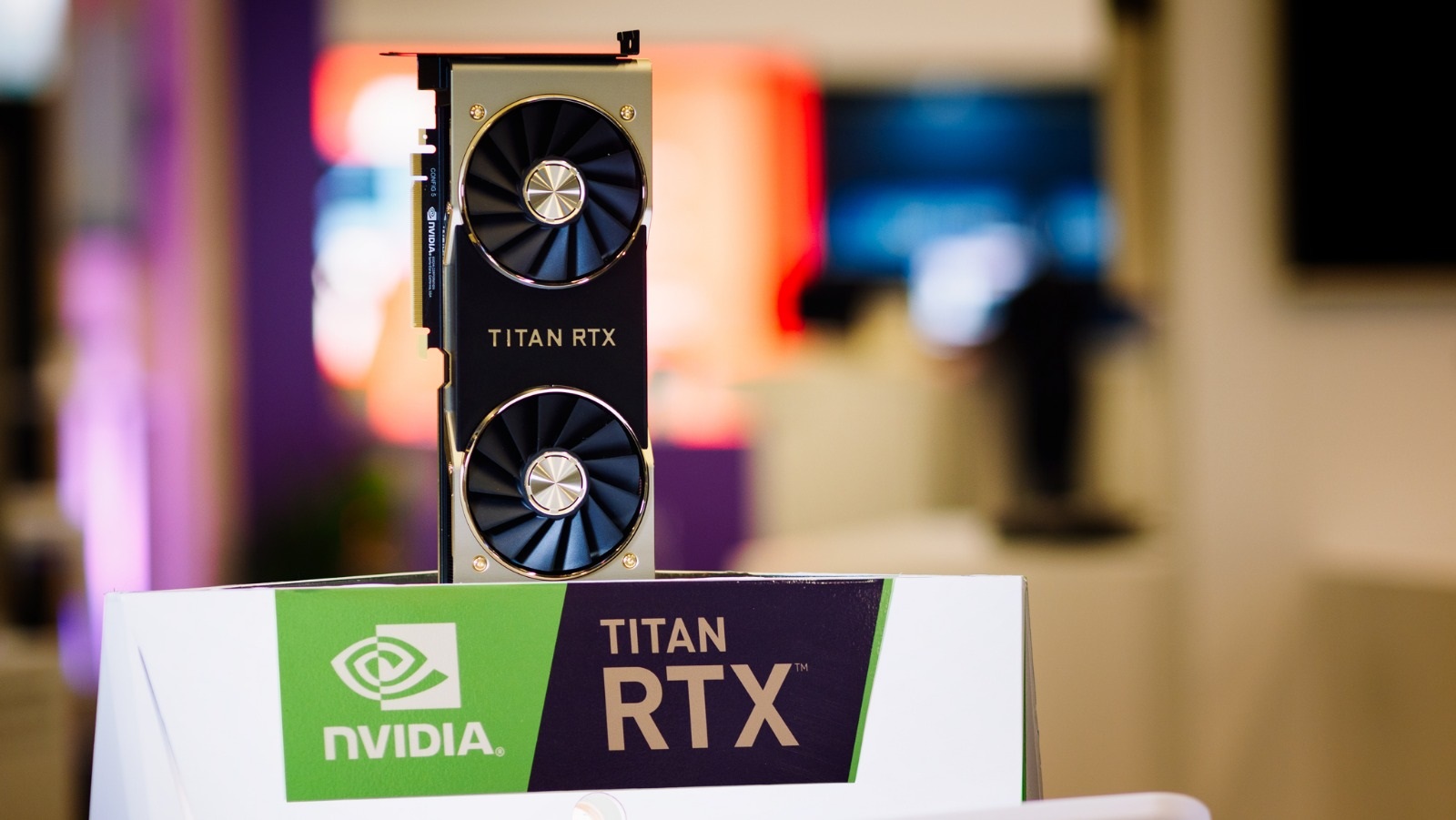
Nvidia RTX 3090 vs Nvidia Titan RTX: specs
Before we get into the games, let’s take a look at the specs of the two GPUs:
Nvidia Titan RTX:
- Architecture: Nvidia Turing
- Video memory: 24 GB GDDR6
- Memory interface: 384-bit
- Boost Clock: 1770 MHz
- Tensor Cores: 576
- CUDA Cores: 4608
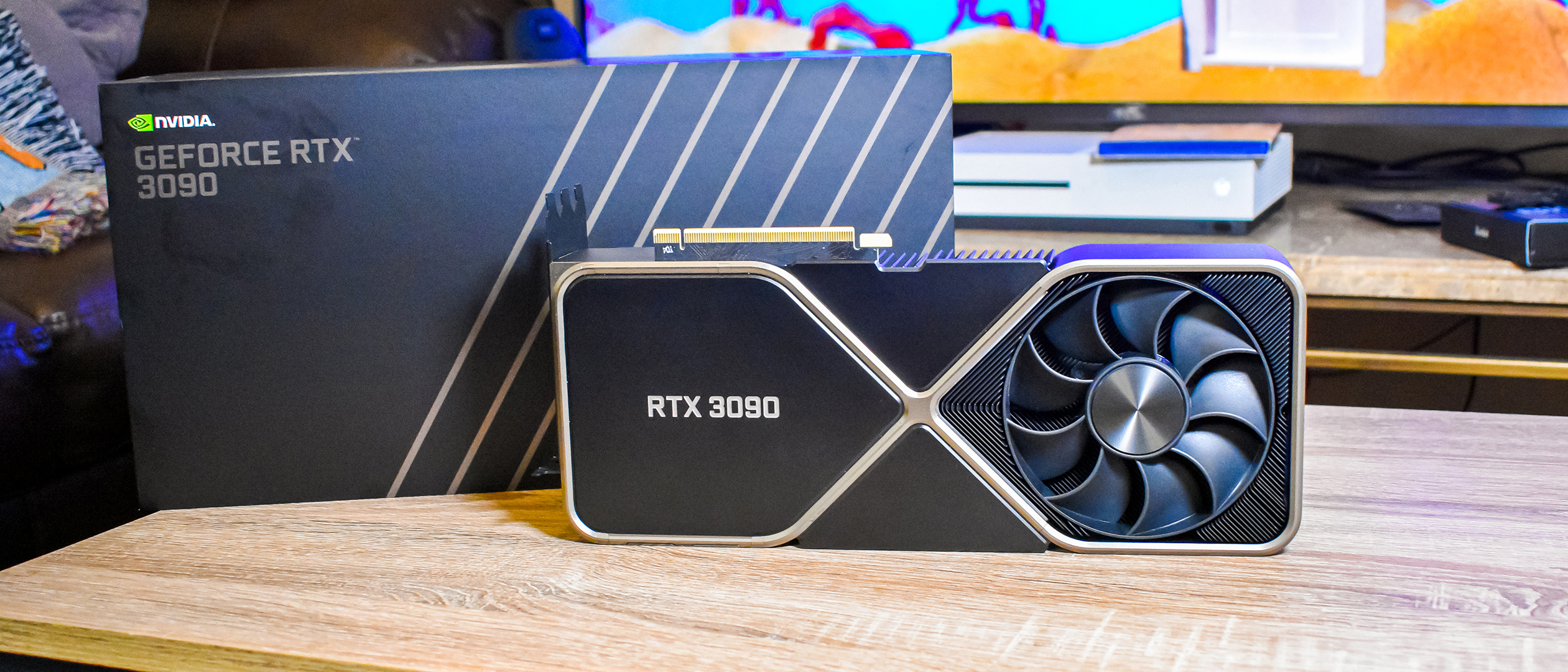
Nvidia RTX 3090:
- Architecture: Nvidia Ampere
- Video memory: 24 GB GDDR6X
- Memory interface: 384-bit
- Boost Clock: 1700 MHz
- Tensor Cores: 328
- CUDA Cores: 10496
While there are some areas where the Titan RTX is ahead of the RTX 3090, by and large, the newer GPU’s specs show a decent bump in potential performance. Even where things look equal, such as the amount of memory, the RTX 3090 edges it, thanks to the faster GDDR6X memory used.
Again, the fact that the RTX 3090 is so much cheaper than the Titan RTX, and yet could offer better performance from a gaming perspective, is great. However, that in no way makes the Titan RTX an outdated card. It’s also worth noting that the Titan RTX wasn’t really aimed at gamers – it was more for digital professionals and content creators, and when pitched against professional GPUs, the price was much more palatable.
Anyway, enough about specs. Let’s talk games.
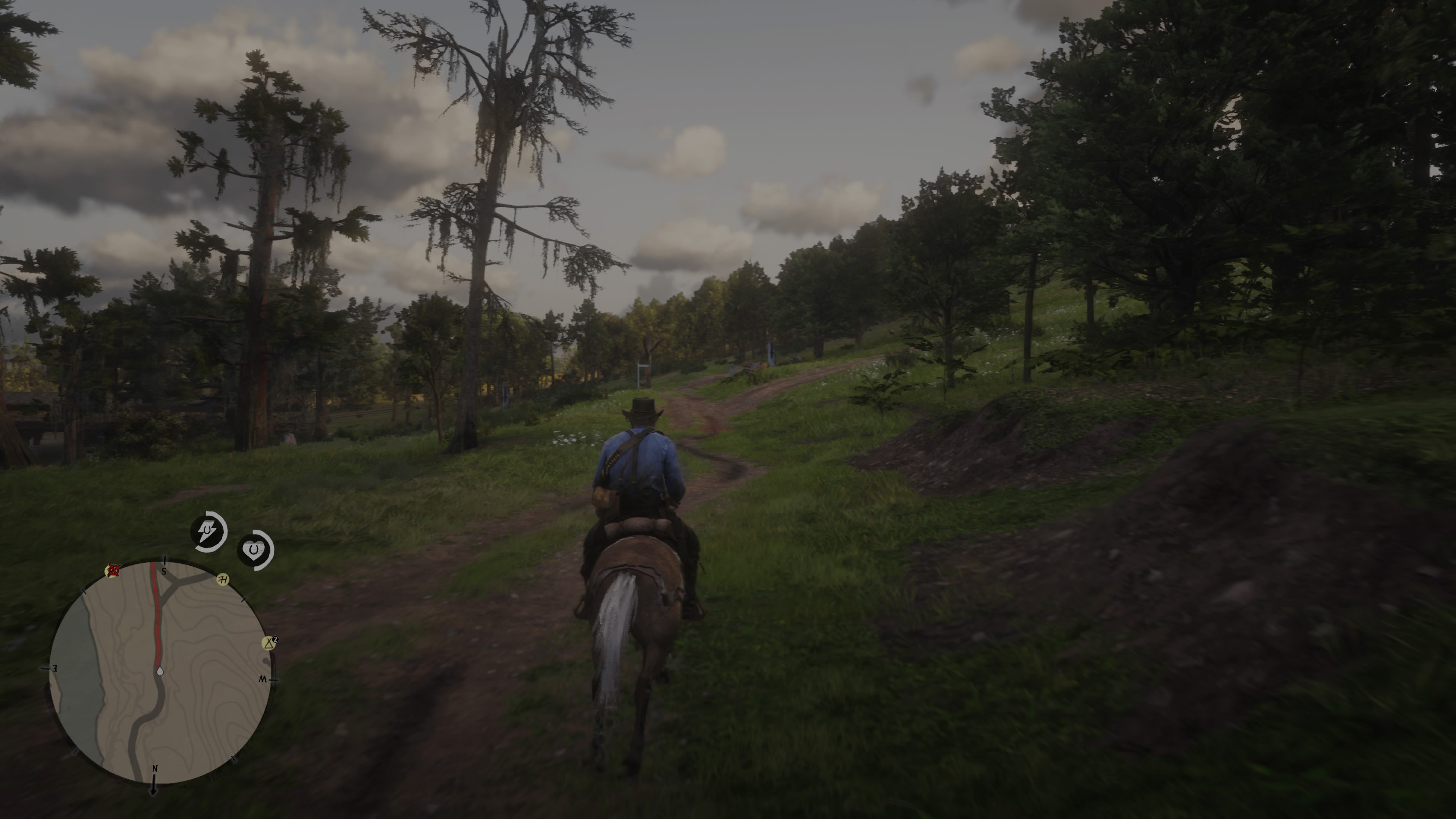
Nvidia RTX 3090 vs Nvidia Titan RTX round one: Red Dead Redemption 2
Red Dead Redemption 2 remains one of the most graphically impressive games ever made, so when it rode on to PC last year, we couldn’t wait to see if the Titan RTX could handle it at 8K.
As it turned out, it struggled, hitting just 18.65 frames per second (fps) with the maximum graphical settings applied.
Things improved when we set the graphics to low, scoring 26fps. Still below the playable threshold of 30fps, but not quite the slideshow we were expecting.
However, with the RTX 3090, things improved quite a bit. Setting absolutely everything to Ultra or highest settings saw it score 19.02fps. A jump, but still far from playable. However, with a bit of tweaking, and limiting a few options to medium or high, but sticking mainly with ‘Ultra’, we got much better results, with the game averaging 30.74fps. For many people, that’s a perfectly playable frame rate, though others will argue that paying $1,499 for a GPU to only reach 30fps means 8K still isn’t realistic.
Lowering all the settings to their absolute minimum, however, gives you a much better frame rate of 44.08fps, with it even hitting highs of 52.8fps. That’s close to the magical 60fps mark, but there are sacrifices you have to make to graphical fidelity (in places it begins to look like a PS2 game).
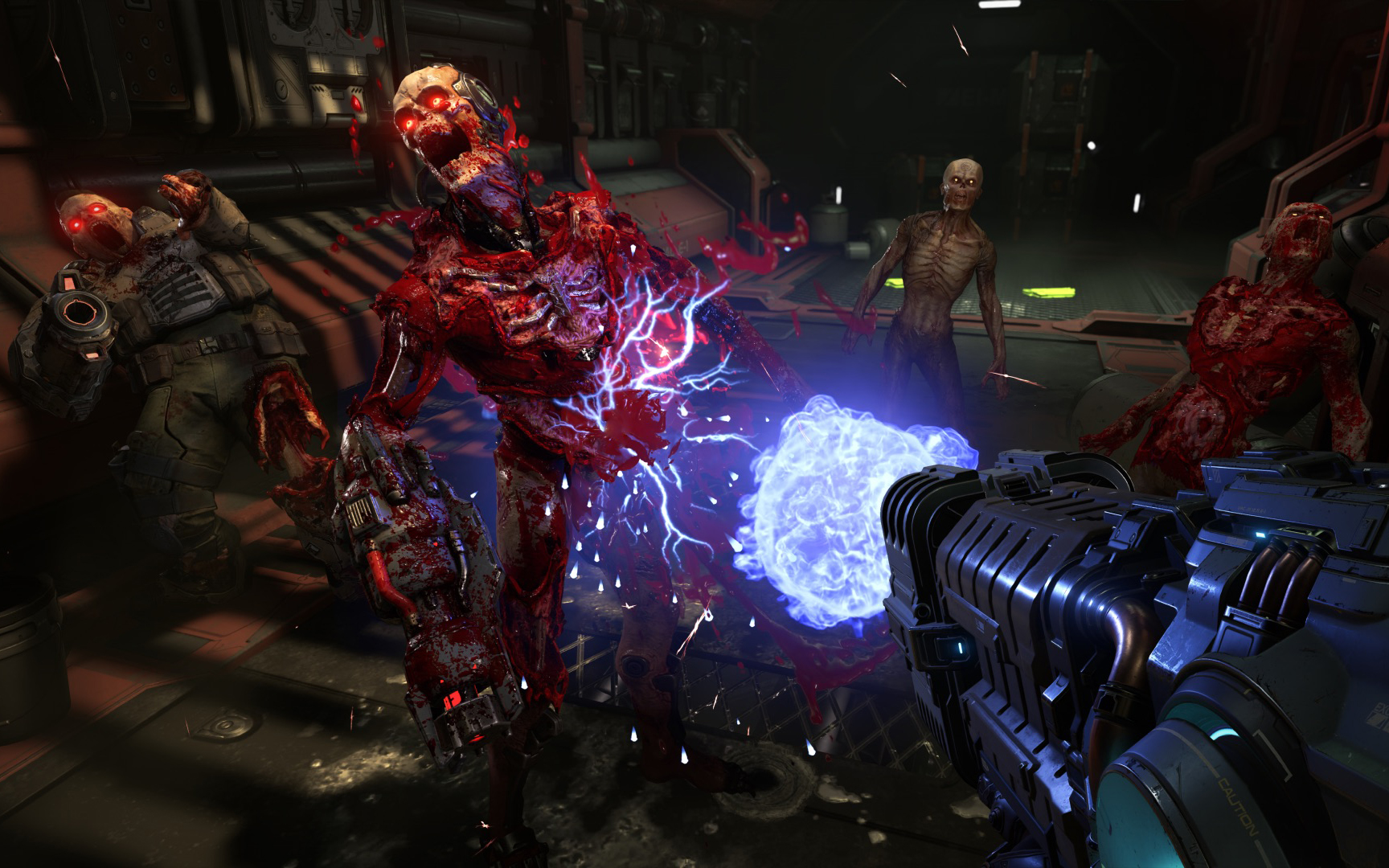
Nvidia RTX 3090 vs Nvidia Titan RTX round two: Doom Eternal
Doom Eternal is our next game, and when we tried it earlier in the year, we were impressed with how well the Titan RTX handled it at 8K, with settings on ‘Ultra Nightmare’ hitting 39.9fps on average. Not a bad score considering the high graphical settings and frantic gameplay, but not quite reaching 60fps.
Meanwhile, the RTX 3090 offered an incredible improvement. On Ultra Nightmare settings, at 8K it managed to hit on average 51.6fps, and even broke the 60fps barrier in places. Doom Eternal is a fast and frantic shooter that also looks fantastic, so for the RTX 3090 to achieve almost 60fps at 8K on its highest graphical settings is very impressive.
We tested the game during some hectic firefights and large open spaces, so the RTX 3090’s performance here is very promising. The step up in performance compared to the Titan RTX is also pretty impressive.
We also tried Doom Eternal on its lowest graphical settings. Unlike Red Dead Redemption 2, even on low, Doom Eternal still looks very nice, and this allowed the RTX 3090 to hit 57.7fps on average. A decent jump, but still just short of the 60fps goal. Still, this is one of the closest cases of the RTX 3090 offering 8K at 60fps – something the Titan RTX never achieved.
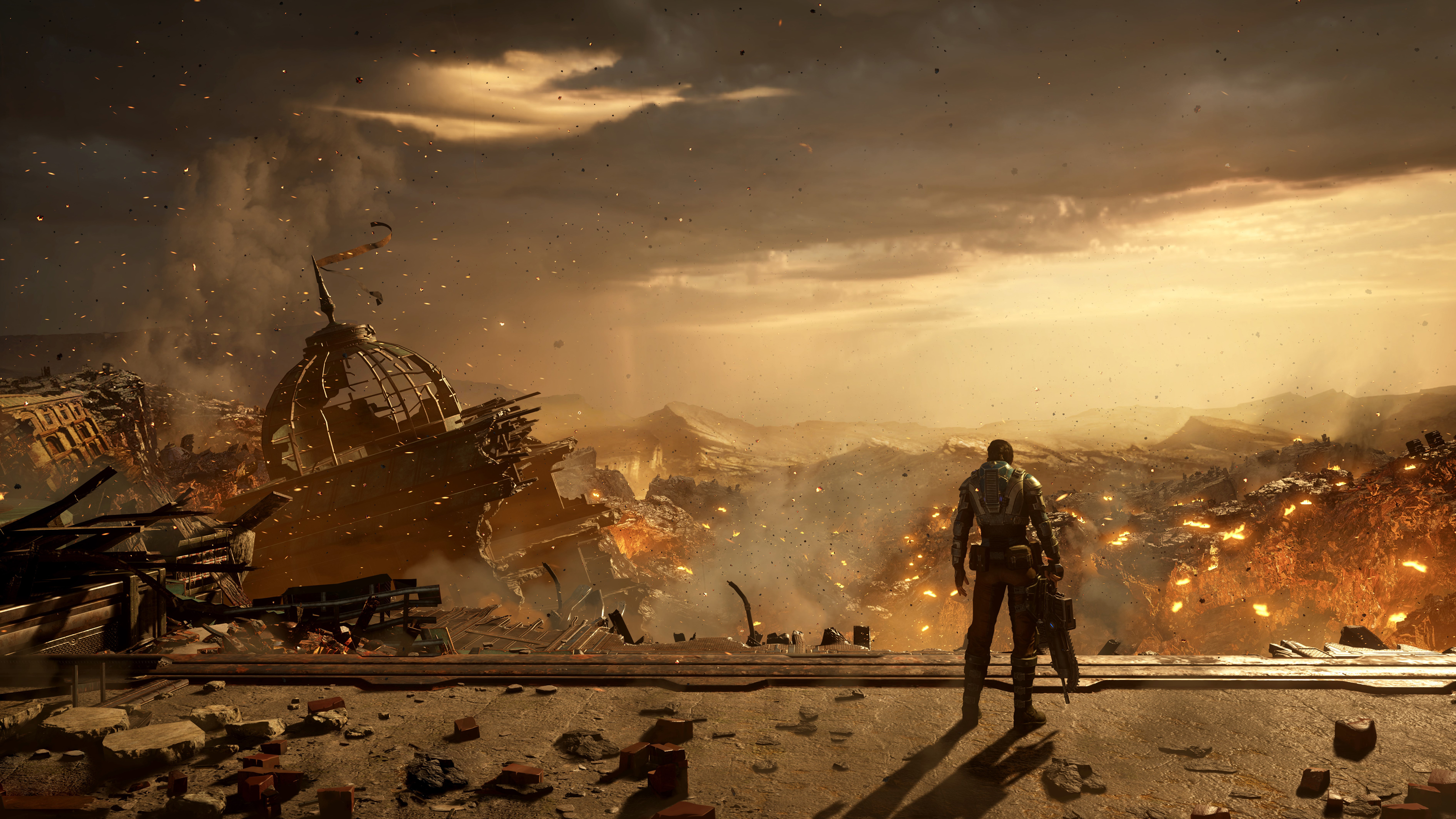
Nvidia RTX 3090 vs Nvidia Titan RTX round three: Gears 5
Gears 5 is one of the most graphically-intensive games released by Microsoft’s Xbox Games Studios, and it outmatched the Titan RTX at 8K, with the GPU managing just 27.4fps at medium settings.
However, the RTX 3090 absolutely smashed it, hitting an incredible 58.8fps on average at Ultra settings. Sure, during some particularly heavy firefights, with explosions and debris flying around the place, we saw dips to the low 50’s, this is still an incredible achievement.
Even better, by simply lowering the graphical settings to ‘High’, the RTX 3090 hit a solid 60fps throughout our tests. This means 8K at 60fps is a reality, and you’re not having to make too much of a compromise when it comes to graphical fidelity, as the game still looks amazing.
With a bit of tweaking, we think you’d be able to have a mix of High and Ultra settings and hit 60fps. Impressive stuff indeed.
One thing to note is that this is the only game here that we didn’t benchmark on exactly the same hardware with the Titan RTX. Still, these results offer a good idea of just how much better at 8K gaming the RTX 3090 is.
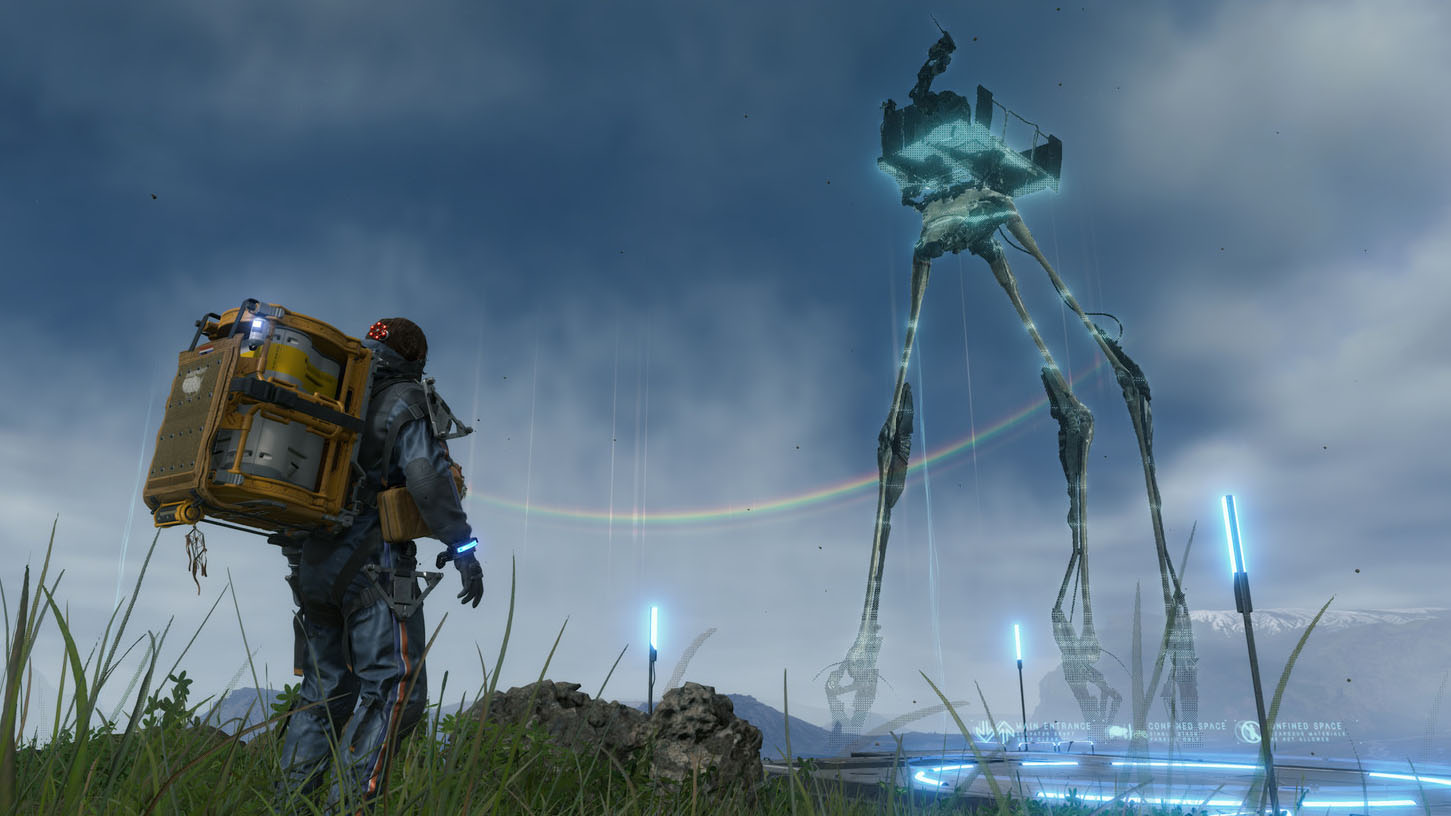
Nvidia RTX 3090 vs Nvidia Titan RTX round four: Death Stranding
Death Stranding was one of the most impressive 8K experiences we had with the Titan RTX when we tested it. While having every graphical setting set to its highest level made the Titan RTX struggle, with an average of 23.3fps, by turning on Nvidia's DLSS tech, which uses the Tensor Cores of an RTX card to boost the performance of high resolutions thanks to AI and machine learning, we found that with the 'Quality' setting (and everything else turned to maximum, as usual), performance leapt to 29.9fps, with a minimum of 25.7fps and a maximum of 32fps.
Even better, switching DLSS to the 'Performance' setting saw the game hitting on average 39.8fps at 8K, with a maximum of 49fps.
When we set the graphics to low, but with DLSS on, we got an average of 50.9fps with the Titan RTX, and in some parts of our tests the card hit 57.2fps, tantalizingly close to 8K at 60fps on the older card.
So, as you can imagine, we had high hopes for the RTX 3090’s 8K performance in Death Stranding, especially as a new Ultra Performance DLSS preset created specifically for 8K has been added specifically for the GPU.
The improvements are immediately apparent, with the RTX 3090 hitting an average frame rate of 29.4fps on the highest settings without DLSS. This is pretty much, then, an out-of-the-box playable 8K experience. But let’s tinker.
First thing we did was switch DLSS on to ‘Performance’, and left everything else as it was. The results were drastic, with an average frame rate of 55.7fps, and a maximum frame rate of 60.5fps – yet another 8K game hitting the 60fps dream.
Next, we tried it with the ‘Ultra Performance’ DLSS setting. This is the new setting added especially for 8K resolution and the RTX 3090. The results are even better, with an average frame rate of 59.9fps at the highest graphical settings. This is seriously impressive stuff, as it means you’re playing a modern graphically gorgeous game at 8K resolution and 60fps.
Most importantly of all, this is the first time we’ve felt that we could actually play the entire game at 8K resolution, rather than dropping it down to 4K for a more consistent experience.
Sure, with a lower resolution and a high refresh-rate monitor, you’d be able to get much higher frame rates than 60fps with the RTX 3090 and Death Stranding, but bear in mind that at the moment there are no 8K gaming monitors out there. The Dell UltraSharp UP3218K monitor we use is strictly a productivity monitor, with a maximum refresh rate of 60Hz.
Overall, then, with Death Stranding, Nvidia truly has delivered on its promise of 8K gaming.
Nvidia RTX 3090 vs Nvidia Titan RTX: conclusion
So, when it comes to 8K gaming, does the Nvidia RTX 3090 deliver? Excitingly, yes, in many games we’ve tried so far it does. It shows a clear performance boost in many games compared to the more expensive Titan RTX, and many games now reach that magical 8K @ 60fps experience we’ve been looking for.
However, not all games did achieve that, and in many games you’re having to make some big sacrifices when it comes to graphical effects.
However, as Death Stranding proves, perhaps the real star of the show is DLSS. This feature, which is improved with Nvidia’s new RTX 3000 series GPUs, makes a huge difference, allowing games to be played at 8K and 60fps without any very noticeable loss in graphical fidelity.
As DLSS continues to evolve, and more games take advantage of it, including upcoming blockbusters like Cyberpunk 2077, it looks like the 8K gaming future could finally be here with the RTX 3090. We’ll be testing all the latest games at 8K when they are released.
- These are the best GPUs of 2020
from TechRadar - All the latest technology news https://ift.tt/2Tk5BTN

No comments: